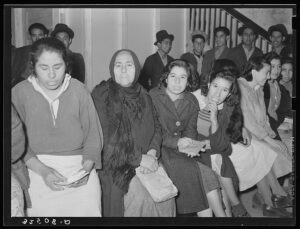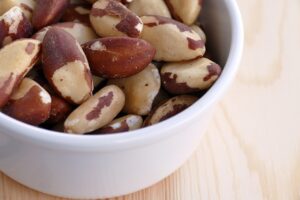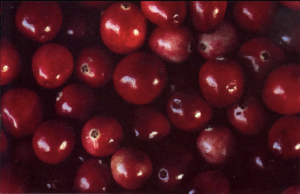Americans love bananas. We eat more of them than any other fruit. We even bicker about the proper way to eat them. Nutritional Benefits of Bananas are amazing no matter how we choose to eat them.
Specifically, we like this banana, the Cavendish. There are hundreds of varieties of bananas but the Cavendish is the only one widely available in the U.S. In 2018 alone, the U.S. imported about $2.2 billion worth of the Cavendish, or about 10.5 billion pounds. But there’s a problem, a deadly fungus that targets the Cavendish is spreading around the world. The fungus and the disease it causes go by a few names. The disease is called Tropical Race 4 or TR4. The most common name that the disease is called is, ‘Panama Disease’. But whatever you call it, the result is the same.
The fungus actually infects through the roots, gets into what’s known as a corm which is a big bulb at the bottom, and then gets into the vascular tissue. The first symptom is usually a very characteristic yellow leaf. Just a single leaf. Very quickly after that, the plant dies.
No Cavendish plant can survive once infected with Panama disease. It has not yet arrived in Latin America, the region that supplies the U.S. with 97% of its bananas but experts agree that it’s only a matter of time. It has spread across oceans to new continents before. If you look at the map, it’s coming to Latin America, there’s no question about that. All it takes is one person to transfer this on their shoes and then we’ve got an epidemic and it’s going to sweep through the American production system like fire.
Banana Farming And Distribution Is Controlled By Three Companies
This is troubling news for banana fans and for the three American companies that dominate global banana sales. As of each company’s most recent public filing, bananas comprised a significant portion of their sales, but the worst part, we can’t stop it. We know this because the effect of Panama disease has already been the destruction of the banana industry over 60 years ago.
The deadly fungus first appeared in Panama in 1903. It made short work of United and Standard Fruit’s products. Over the next 57 years, Panama disease wiped out virtually every Gros Michel plantation in Latin America.
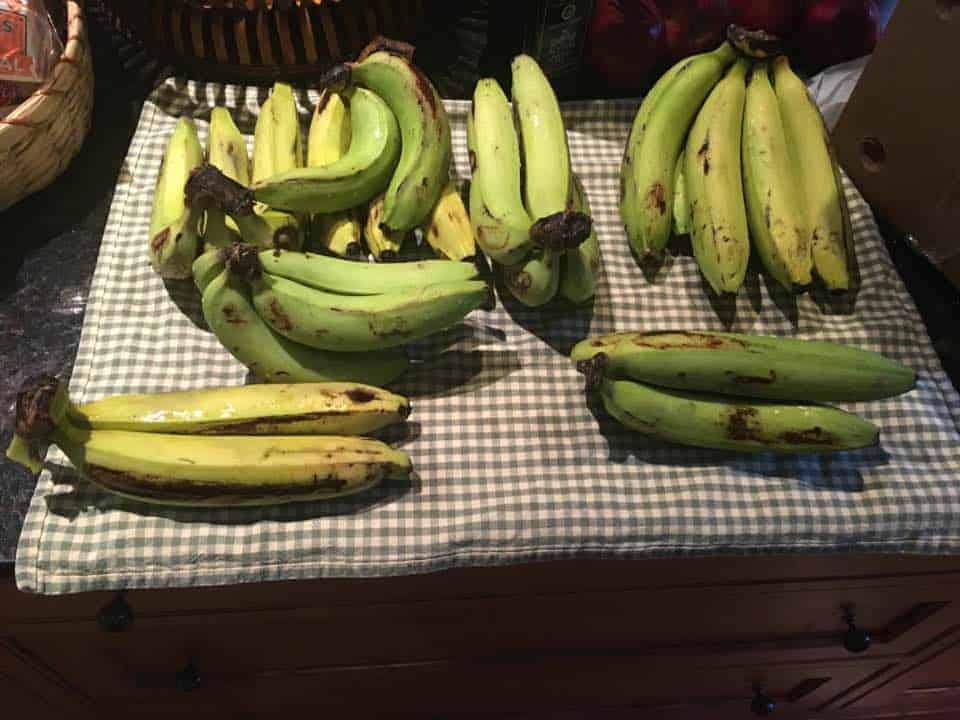
Gros Michel bananas were all genetically identical, the same is true of today’s Cavendish which is why bananas look the same no matter where you buy them. Business-wise, identical products are good. Companies can standardize transport systems and cultivate loyalty and trust among consumers but biologically they’re bad.
Both Standard and United Fruit knew of the disease since the early 1900s but they dealt with it differently. United Fruit clung to the Gros Michel hoping it could outrun the disease by starting new plantations on fresh land.
The End Of Gros Michel Cultivation In The 1950s
By the 1950s, Gros Michel’s future looked grim. Demand for bananas was skyrocketing but the ability to grow bananas in South and Central America was declining. The disease was actually creating this avaricious need for land. There was not enough land to meet the demand for bananas.
United Fruit went into free fall. From 1950 to 1960, annual revenue fell from 66 million to 2.1 million. Meanwhile, Standard Fruit couldn’t afford to constantly buy new land, so in the late 1920s, it began searching for a banana with the taste look, and resistance to Panama disease to replace the dying Gros Michel.
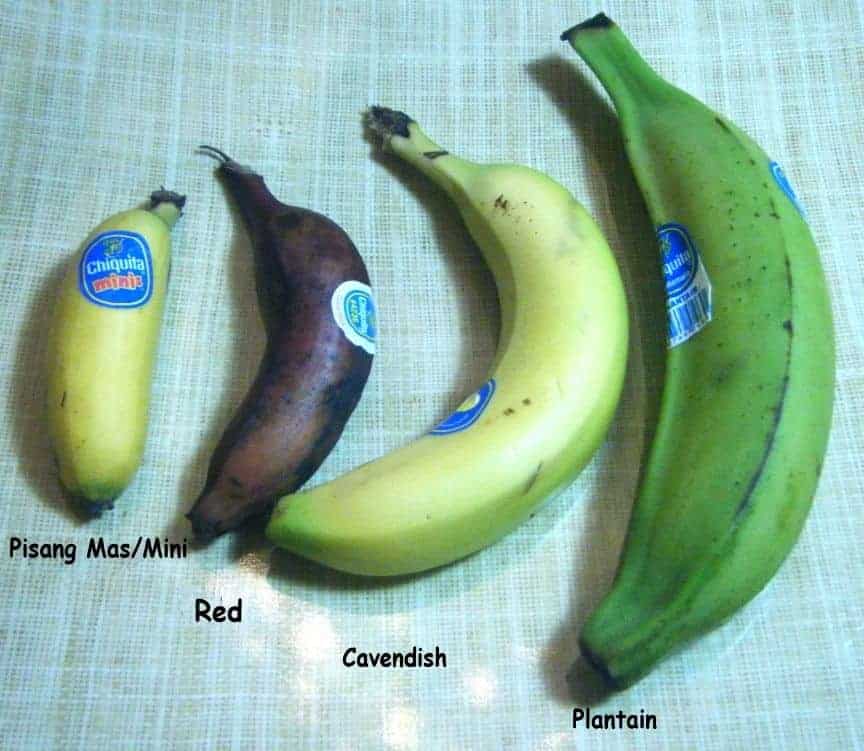
It eventually landed on, you guessed it, the Cavendish. Standard Fruit grew the first commercial Cavendish in 1953 on a plantation in Honduras. It spent the rest of the decade figuring out how to transport them.
The Difference Between The Cavendish And The Gros Michel
The Cavendish Banana that we all know is very fragile, but, the Gros Michel was never shipped in boxes, it was just thrown in bunches into ships. By boxing them and using gas to preserve their ripening, they were able to shift the transport of the Cavendish and grow them at low prices.
This puts Standard Fruit leagues ahead of United Fruit when the latter finally adopted the Cavendish in the early 1960s. In that time, just that 10-year span, ‘Standard Fruit’ which became ‘Dole’ had managed to get a 50% market share. So. the Chiquita brand never really recovered even to this day. Other than Chiquita’s decline, the switch to the Cavendish went smoothly enough. Nearly 60 years later, most Americans happily consumed the Cavendish unaware of its lost predecessor. For the next few decades, the industry hummed along much as it had before just with a different banana. Standard Fruit became Dole and United Fruit became Chiquita.
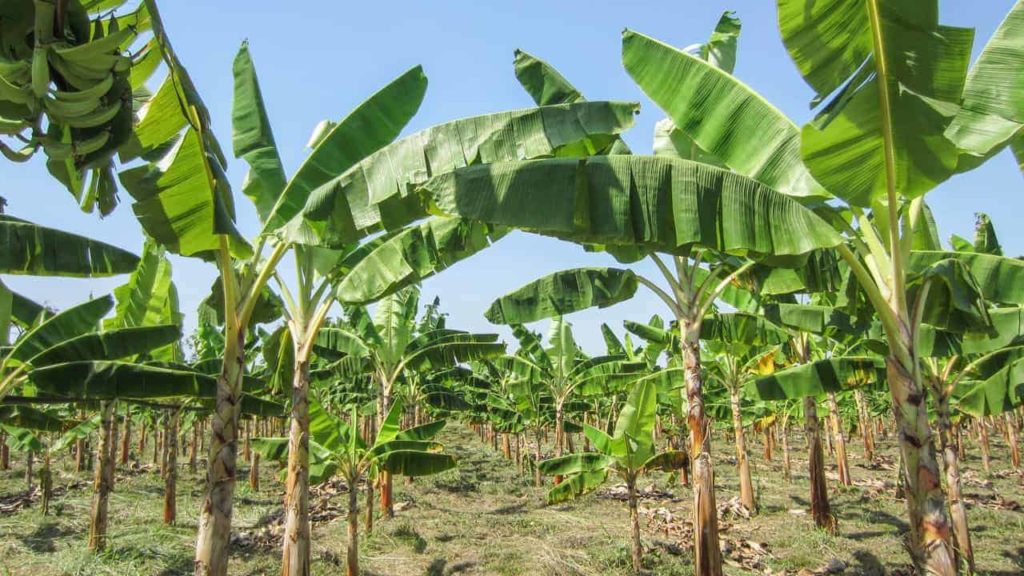
In the mid-1990s, Chiquita kicked off a trade war with the European Union over its legislation that favored bananas from former EU colonies. Chiquita lobbied the U.S. government to file a complaint with the newly formed World Trade Organization. The ensuing trade war called the worst transatlantic economic dispute since World War II by a 2005 Harvard Business Review article dragged on until 2012.
Even with all this, nothing changed for American consumers. Bananas reliably appeared on supermarket shelves around the nation for dirt cheap prices, an average of about 55 cents per pound since 2000.
Different Strains Of Fungus For Different Varieties Of Banana
The strain of the fungus that wiped out the Gros Michel was called Tropical Race 1 or TR1. Cavendish is immune to that specific disease. It is not immune to a different strain of the same fungus. Tropical Race 4 or TR4. Think of them like different strains of the flu.
Experts believed that Panama disease would not be a problem in Cavendish anymore and lo and behold it is. Quarantine efforts have worked to contain the fungus in Southeast Asia. That will last for a while, but, soon it will spread. Historically, this has never been a really great strategy. Each banana plantation has thousands of vehicles going in and out all day long. There’s no effective quarantine method that we’ve ever seen that really works.
Current Steps To Protect Global Food Security
For now, Latin America is safe. It’s oceans away from the fungus. But experts agree that the fungus’s arrival is a matter of when not if. Hopefully, it will take many, many years, but it could happen tomorrow, there’s no way to really put a timeline on this.
Part of the danger is due to how the industry has changed. The giant corporate-owned banana plantations of the Gros Michel era have been replaced by many more exporters operating on much smaller plots of land. In Ecuador, for instance, the number of registered banana exporters jumped from 181 in 2011 to 333 in 2012. Experts worry that the logistics of implementing protective measures across so many plantations will allow Panama disease to spread rapidly.
It will be very difficult to make a thousand different family farms do clean farming. Compared to the quarantine of one big factory farm.
The effect of Panama’s disease on the banana-producing countries will become a disaster once it gets to the waterways and soil. It will spread easily in an insidious manner. Destroying the economy and food supply.
As opposed to the 1950s, there is no readily available replacement. No known banana has the correct taste or durability of the Cavendish. They dodged the bullet in the 1950s by identifying a variety of Cavendish. If there was a suitable replacement, you would see it offered in the supermarkets. I know they put a lot of effort into screening material and looking at the material and so far they don’t have a replacement.
The entire banana supply chain from the moment the plantlet is planted in the ground to the moment you start to peel it is designed just for the Cavendish banana. It’s almost as though a Cavendish-shaped pipe from Central America comes to your house and it doesn’t really fit another banana.
The Effect Of Panama Disease On Dole, Fresh Del Monte, and Chiquita
For a recent television interview, CNBC Journalists reached out to Dole, Fresh Del Monte, and Chiquita for comment. A Fresh Del Monte spokesperson wrote that “Del Monte takes Panama disease very seriously. We continue to work diligently with other banana suppliers and local authorities to prevent the spread of disease. Also, significant resources are being dedicated to research aimed at identifying long-term solutions.”
A Dole spokesperson wrote, “We certainly are aware of the potential danger to our supplies and vigilant in efforts to contain the threat thus, we have worked together with other stakeholders in efforts to combat this problem and raise awareness of its seriousness.” Chiquita declined to comment. Breeding a Panama-resistant Cavendish traditionally or by genetic modification is likely the best hope for the future of the banana but each has its drawbacks. Traditional crossbreeding of Cavendish bananas is difficult because of their tiny seeds.
Genetically modifying bananas has proven successful. In 2015, Australian researcher James Dale engineered a Panama-resistant Cavendish banana. But, any genetically modified banana will face strong resistance from anti-GMO groups in both the U.S. and the EU. But, the Cavendish is more important both for global economies and food security than the Gros Michel ever was.
In 2013, the World Banana Forum, under the United Nations, created a task force specifically to combat the effect of Panama disease on South America.
They are developing a structured response for the spread of TR4 or Panama Disease. They know that regions where TR4 has not yet arrived, but, will likely arrive if nothing is done. These are in countries that depend on bananas for a large share of their export earnings and their economies.
Demand Continues To Rise
From 2017 to 2018 global imports of bananas increased by 2% to over 40.3 billion pounds, and over a quarter of that went to the U.S. If Panama disease takes hold in Latin America, it will decimate the industry. Cavendish can no longer grow in the quantities needed to satisfy the world and especially the U.S.’s love of bananas.
A price increase would certainly be an issue for sales of our most popular fruit product. The Bulk Sweetened Banana Chips that we sell online would become much more expensive if Panama Disease hits South America. It will change the face of trail mix all over the world.

